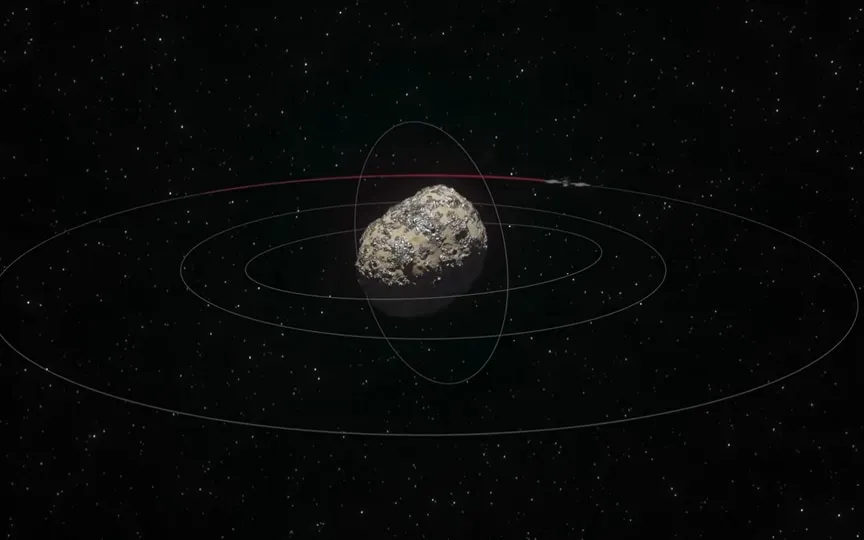NASA Spacecraft Preparing to Launch: Uncovering the Uniqueness of Asteroid Psyche
NASA’s Psyche spacecraft is currently undergoing its final preparations for launch at the Kennedy Space Center in Florida. The highly anticipated launch is scheduled for October 5th, and a team of dedicated engineers and technicians are diligently working to ensure that the orbiter is fully prepared for its remarkable journey of 2.5 billion miles (4 billion kilometers) to reach an asteroid abundant in metal, known as the Asteroid Psyche. Multiple teams are collaborating to guarantee that the spacecraft is fully equipped for this extraordinary scientific mission. The Psyche spacecraft will be launched into space aboard a SpaceX Falcon Heavy rocket.
This remarkable mission has the potential to provide valuable insights into planetary cores and the complex processes involved in planet formation.
Psyche Asteroid
Asteroid Psyche is a metal-rich body that may be part of the core of a planetesimal and may have been part of an early planet. This asteroid is about 173 miles across at its widest point. This metal-rich asteroid is located between Mars and Jupiter. Unlike most asteroids, Psyche is unusual because it is believed to be the exposed nickel-iron core of an ancient planet that represents the crucial building block of our solar system.
What do NASA scientists say about Psyche?
NASA scientists explain that the reason Psyche is unique is that it is rich in metals. It is believed that it may be the remnant core of an early planetesimal formed in the earliest parts of the formation of the solar system. And as this planet began to form and this metallic core formed within it, it collided with other bodies, which then stripped off the rocky mantle, leaving this core in place.
In fact, Psyche offers an opportunity that is unique – Psyche offers the opportunity to visit the core of the planet, the only way humanity can ever do.
In the rocky bodies of terrestrial planets like Earth, scientists infer the presence of metallic cores. However, these cores are still out of reach, hidden far beneath the rocky surfaces of the planets. Psyche’s uniqueness lies in its ability to provide a rare opportunity to explore the tumultuous history of collisions and accretions that shaped the terrestrial planets we see today.
The mission, led by Arizona State University, is supported by NASA’s Jet Propulsion Laboratory. It is responsible for monitoring task management, functions and navigation. The spacecraft’s photovoltaic propulsion body is built by Maxar (formerly SSL), which includes important instruments such as the imager, magnetometer and gamma-ray spectrometer.




